Home>Renovation & DIY>Home Renovation Guides>How To Lighten Travertine Backsplash
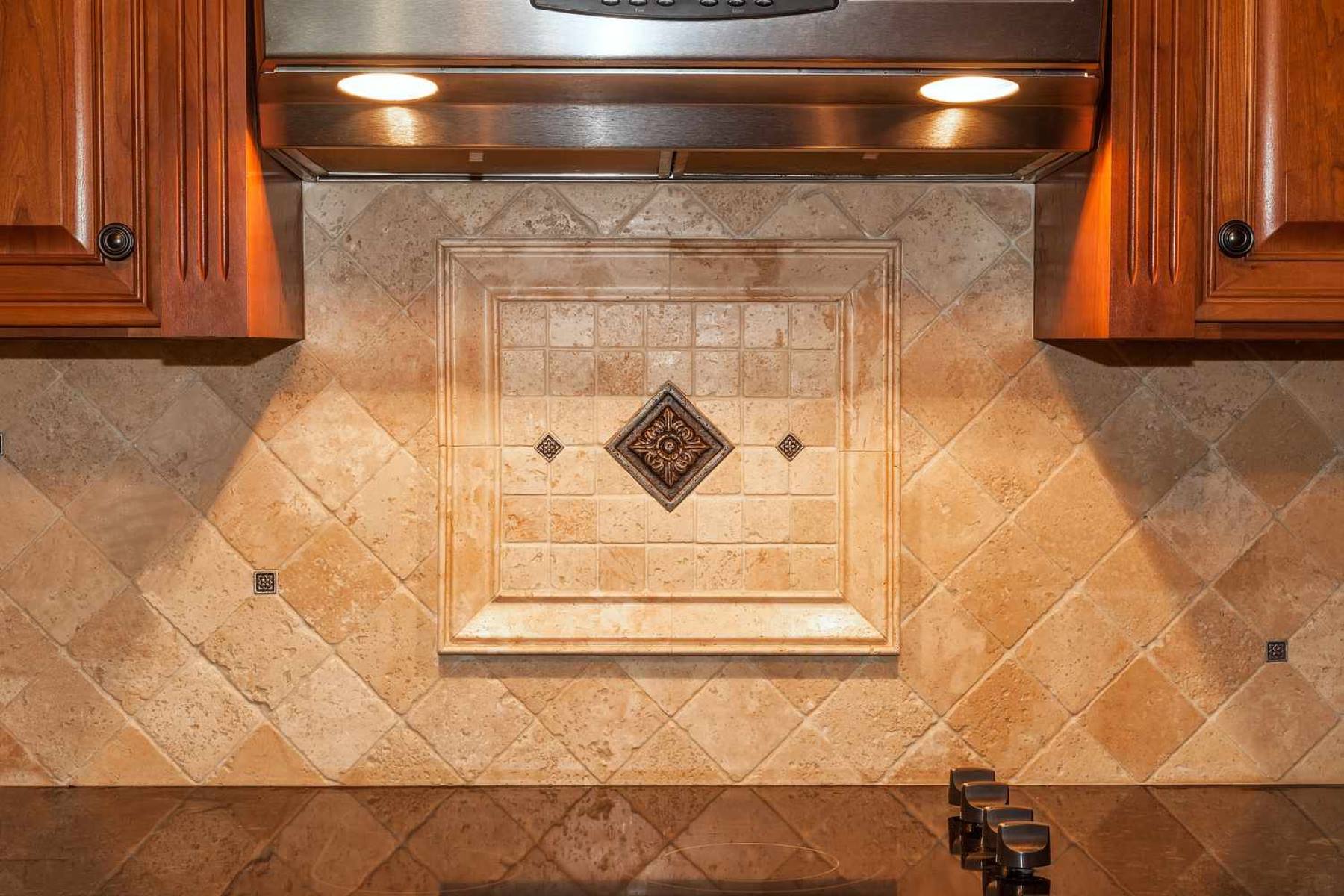

Home Renovation Guides
How To Lighten Travertine Backsplash
Published: February 8, 2024
Learn how to lighten your travertine backsplash with our comprehensive home renovation guide. Discover expert tips and tricks for a stunning transformation.
(Many of the links in this article redirect to a specific reviewed product. Your purchase of these products through affiliate links helps to generate commission for Storables.com, at no extra cost. Learn more)
Introduction
When it comes to home renovations, the kitchen often takes center stage. It's a space where functionality meets aesthetics, and every detail matters. One such detail that can significantly enhance the ambiance of a kitchen is the backsplash. Among the various materials used for backsplashes, travertine stands out for its timeless elegance and natural beauty.
In this comprehensive guide, we will delve into the art of lighting a travertine backsplash to elevate the overall appeal of your kitchen. Lighting plays a pivotal role in accentuating the unique characteristics of travertine, such as its subtle veining and earthy tones. By strategically illuminating this natural stone, you can create a captivating focal point that breathes new life into your kitchen space.
Throughout this guide, we will explore the nuances of working with travertine, from understanding its distinct properties to the intricacies of cleaning and preparing the surface for lighting installation. We will also delve into the art of choosing the right lighting fixtures that complement the inherent beauty of travertine, and provide practical insights into the installation process.
Whether you're a seasoned DIY enthusiast or a homeowner seeking inspiration for a kitchen upgrade, this guide is designed to equip you with the knowledge and confidence to embark on this transformative journey. By the end of this exploration, you will be empowered to infuse your kitchen with a warm, inviting glow that showcases the natural allure of your travertine backsplash.
Join us as we embark on this illuminating journey into the world of travertine backsplash lighting, where functionality meets artistry, and every flicker of light brings forth the timeless charm of this exquisite natural stone.
Key Takeaways:
- Illuminate your travertine backsplash with warm, soft lighting to bring out its natural beauty. Clean, seal, and prepare the surface before choosing the right fixtures for a captivating kitchen ambiance.
- Transform your kitchen with strategically placed lighting that accentuates the timeless charm of travertine. Carefully install the fixtures to create a mesmerizing focal point that breathes new life into your home.
Read more: How To Lighten Wood Furniture
Understanding Travertine Backsplash
Travertine, a form of limestone deposited by mineral springs, has been revered for centuries for its natural elegance and versatility. As a popular choice for backsplashes, travertine exudes a timeless charm that effortlessly complements various kitchen styles, from rustic to contemporary. Its distinct characteristics, including subtle veining, earthy hues, and unique textures, make it a captivating choice for homeowners seeking to infuse their kitchen with warmth and character.
Travertine backsplashes are available in a range of finishes, from polished to tumbled, each offering a different aesthetic appeal. Polished travertine boasts a smooth, glossy surface that reflects light, adding a touch of sophistication to the kitchen. On the other hand, tumbled travertine features a more rustic, textured finish, evoking a sense of old-world charm and natural beauty.
One of the most alluring aspects of travertine is its ability to age gracefully, developing a rich patina over time that adds depth and character to the backsplash. This natural aging process imbues the travertine with a unique personality, ensuring that no two backsplashes are exactly alike.
However, it's important to note that travertine is a porous stone, which means it requires proper sealing to protect it from moisture and stains. Understanding the unique properties of travertine is crucial when it comes to lighting the backsplash, as the lighting design should not only enhance its beauty but also take into account its specific maintenance needs.
By gaining a deeper understanding of the inherent qualities of travertine, homeowners can make informed decisions when it comes to lighting their backsplashes. The interplay of light and shadow on the textured surface of travertine can create captivating visual effects, accentuating its natural beauty and adding depth to the kitchen space.
In the next sections, we will explore the essential steps for cleaning and preparing the surface of a travertine backsplash, as well as the art of choosing the right lighting fixtures to showcase its timeless allure. Join us as we unravel the art of lighting a travertine backsplash, where every flicker of light brings forth the enchanting charm of this exquisite natural stone.
Cleaning and Preparing the Surface
Before embarking on the journey of illuminating your travertine backsplash, it is crucial to ensure that the surface is pristine and well-prepared. The natural porosity of travertine makes it susceptible to staining and discoloration, emphasizing the importance of thorough cleaning and proper preparation.
Cleaning:
Begin by gently cleaning the surface of the travertine backsplash using a mild pH-neutral stone cleaner and a soft cloth. Avoid harsh chemicals or abrasive cleaners, as they can damage the delicate surface of the stone. Wipe away any accumulated dust, grime, or cooking residue, paying special attention to the grout lines where dirt tends to accumulate.
For tougher stains or ingrained dirt, consider using a specialized stone cleaner formulated for travertine. Always follow the manufacturer's instructions and test the cleaner on a small, inconspicuous area to ensure compatibility with the stone.
Sealing:
Once the surface is clean and dry, it's essential to seal the travertine to protect it from moisture and stains. Select a high-quality penetrating sealer designed specifically for natural stone, and carefully apply it to the backsplash following the manufacturer's guidelines. The sealer will penetrate the porous surface of the travertine, forming a protective barrier without altering its natural appearance.
Read more: How To Clean Outdoor Travertine Pavers
Repairing:
Inspect the backsplash for any cracks, chips, or loose tiles that may require attention. Address any minor damages by filling in cracks or replacing damaged tiles to ensure a smooth and uniform surface for the lighting installation.
Sanding and Smoothing:
If the travertine backsplash features rough or uneven areas, consider sanding and smoothing the surface to create a consistent texture. Use fine-grit sandpaper or a stone-specific sanding block to gently smooth out any imperfections, taking care not to alter the natural contours and character of the stone.
By meticulously cleaning, sealing, and preparing the surface of the travertine backsplash, you are laying the foundation for a successful lighting installation. These essential steps not only ensure the longevity and beauty of the stone but also set the stage for the transformative impact of strategically placed lighting. With the surface meticulously prepared, we are now ready to delve into the art of choosing the right lighting fixtures to accentuate the timeless allure of travertine.
Choosing the Right Lighting
Selecting the appropriate lighting for your travertine backsplash is a crucial step in enhancing its natural beauty and creating a captivating ambiance in your kitchen. The interplay of light and shadow on the textured surface of travertine can accentuate its unique characteristics, adding depth and visual interest to the space. When choosing the right lighting fixtures, several factors should be considered to ensure a harmonious and impactful illumination of the backsplash.
Consider the Backsplash Finish:
The finish of your travertine backsplash plays a significant role in determining the type of lighting that will best complement its aesthetic. For polished travertine, which reflects light and creates a sleek, sophisticated ambiance, consider using soft, diffused lighting to minimize glare and create an even illumination. In contrast, tumbled travertine with its textured, rustic surface may benefit from focused, directional lighting to highlight its natural contours and create captivating shadow play.
Read more: How To Polish Travertine Countertops
Embrace Warmth and Ambiance:
To accentuate the warm, earthy tones of travertine, opt for warm white or soft yellow lighting. These hues create a cozy, inviting ambiance that harmonizes with the natural appeal of the stone. Warm lighting also brings out the intricate veining and subtle variations in the travertine, adding a layer of visual richness to the backsplash.
Layered Lighting Techniques:
Consider incorporating layered lighting techniques to add depth and dimension to the backsplash. A combination of ambient, task, and accent lighting can create a dynamic and versatile lighting scheme. Ambient lighting provides overall illumination, while task lighting, such as under-cabinet lights, offers focused illumination for specific work areas. Accent lighting, such as strategically placed wall sconces or recessed lights, can highlight the texture and character of the travertine, elevating its visual impact.
Dimmers for Flexibility:
Installing dimmer switches for the lighting fixtures offers flexibility in controlling the intensity of the illumination. This allows you to adjust the lighting according to different activities and moods, creating a customizable ambiance that showcases the beauty of the travertine backsplash at various times of the day.
Integrated LED Lighting:
Consider integrating LED lighting into the design of the backsplash. LED strips or tape lights discreetly installed along the edges or behind the travertine can create a stunning visual effect, accentuating the natural contours and textures of the stone while minimizing energy consumption and heat emission.
By carefully considering these factors and exploring the diverse lighting options available, you can select fixtures that not only enhance the allure of your travertine backsplash but also contribute to a warm, inviting atmosphere in your kitchen. The right lighting has the power to transform the ordinary into the extraordinary, breathing new life into your kitchen space and celebrating the timeless elegance of travertine.
Read more: How To Clean Travertine Floor Tile
Installing the Lighting
With the travertine backsplash meticulously cleaned, sealed, and prepared, and the right lighting fixtures carefully chosen to complement its natural beauty, the next crucial step is the installation of the lighting. This phase requires precision, attention to detail, and a keen eye for creating the desired visual impact while ensuring the functionality of the lighting scheme.
Positioning and Layout:
Begin by determining the optimal positioning and layout of the lighting fixtures. For under-cabinet lighting, ensure that the fixtures are strategically placed to provide even illumination across the entire backsplash surface. Consider the placement of electrical outlets and wiring to seamlessly integrate the lighting into the kitchen space while minimizing visual clutter.
Electrical Considerations:
If you are installing new lighting fixtures or modifying the existing electrical setup, it is essential to adhere to electrical codes and safety standards. Consult a qualified electrician if necessary to ensure that the wiring and connections are safely and professionally executed.
Mounting and Securing:
Carefully mount and secure the lighting fixtures according to the manufacturer's guidelines. Whether it's recessed lights, wall sconces, or LED strips, ensure that the fixtures are securely affixed to the designated areas, providing stable and reliable illumination for the travertine backsplash.
Concealing Wiring:
For a seamless and polished look, conceal wiring and electrical connections within the cabinetry or behind the walls. This not only enhances the aesthetic appeal of the lighting installation but also minimizes potential safety hazards and maintains a clean, uncluttered appearance.
Testing and Adjustment:
Once the lighting fixtures are installed, thoroughly test their functionality and illumination. Make any necessary adjustments to the positioning, angle, or intensity of the lighting to achieve the desired visual effect. Consider the interplay of light and shadow on the travertine surface, ensuring that the lighting enhances its natural textures and veining.
Integration with Dimmers and Controls:
If dimmer switches or lighting controls are part of the design, integrate them seamlessly into the installation. Test the dimming functionality and ensure that the controls provide the flexibility to adjust the lighting intensity according to different tasks and ambiance requirements.
Final Evaluation:
Conduct a final evaluation of the installed lighting, taking into account the overall ambiance, visual impact, and functionality. Step back and observe how the lighting interacts with the travertine backsplash, creating captivating plays of light and shadow that accentuate the stone's inherent beauty.
By meticulously executing the installation process, you can bring to life the envisioned lighting design, transforming the travertine backsplash into a mesmerizing focal point that elevates the entire kitchen space. The successful installation of the lighting fixtures marks the culmination of the transformative journey into the art of lighting a travertine backsplash, where every flicker of light celebrates the timeless allure of this exquisite natural stone.
Read more: How To Clean A Backsplash
Conclusion
In conclusion, the art of lighting a travertine backsplash is a transformative journey that celebrates the timeless allure of this exquisite natural stone. By understanding the distinct properties of travertine and the intricacies of cleaning, preparing, and lighting the surface, homeowners can elevate the ambiance of their kitchen spaces with warmth, character, and visual intrigue.
The journey begins with a deep appreciation for the inherent elegance of travertine, a material that has stood the test of time and continues to captivate with its subtle veining, earthy hues, and unique textures. Whether polished to a glossy sheen or left with a rustic, tumbled finish, travertine exudes a natural charm that harmonizes with various kitchen styles, from traditional to modern.
The essential steps of cleaning and preparing the surface are crucial in ensuring the longevity and beauty of the travertine backsplash. From gentle cleaning and sealing to addressing minor damages and smoothing the surface, these steps lay the foundation for a successful lighting installation, setting the stage for the transformative impact of strategically placed lighting.
Choosing the right lighting fixtures is a pivotal phase in the journey, where the interplay of light and shadow on the textured surface of travertine can accentuate its unique characteristics. Factors such as the backsplash finish, warmth and ambiance, layered lighting techniques, dimmers for flexibility, and integrated LED lighting all contribute to creating a captivating lighting scheme that enhances the natural allure of travertine.
The installation of the lighting fixtures requires precision and attention to detail, from positioning and layout to electrical considerations, mounting and securing, concealing wiring, testing and adjustment, and integration with dimmers and controls. This phase brings to life the envisioned lighting design, transforming the travertine backsplash into a mesmerizing focal point that elevates the entire kitchen space.
As homeowners embark on this illuminating journey, they are empowered to infuse their kitchen with a warm, inviting glow that showcases the natural allure of their travertine backsplash. Every flicker of light celebrates the timeless elegance of this exquisite natural stone, breathing new life into the heart of the home and creating a captivating focal point that exudes warmth, character, and visual intrigue.
Frequently Asked Questions about How To Lighten Travertine Backsplash
Was this page helpful?
At Storables.com, we guarantee accurate and reliable information. Our content, validated by Expert Board Contributors, is crafted following stringent Editorial Policies. We're committed to providing you with well-researched, expert-backed insights for all your informational needs.
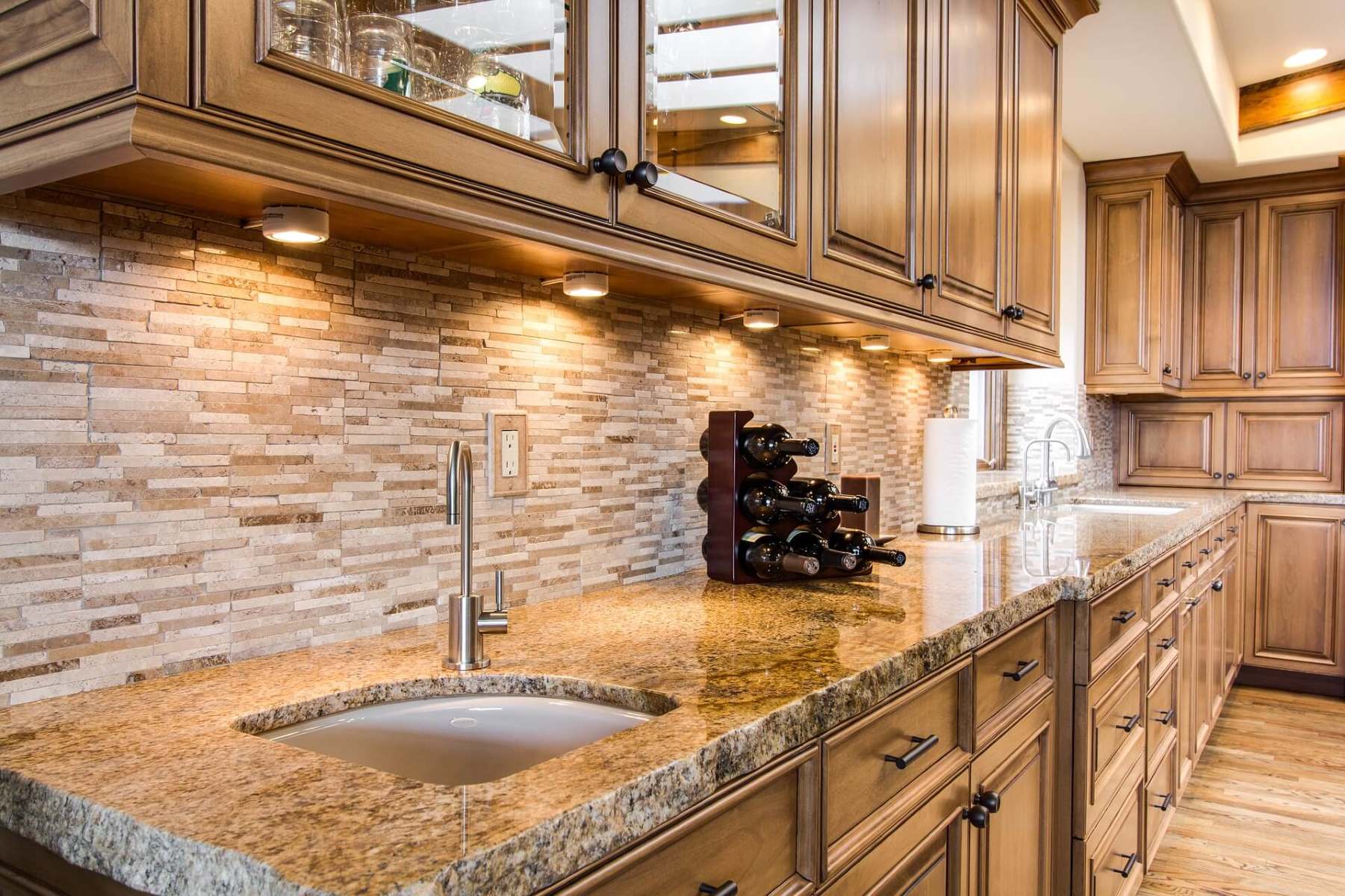
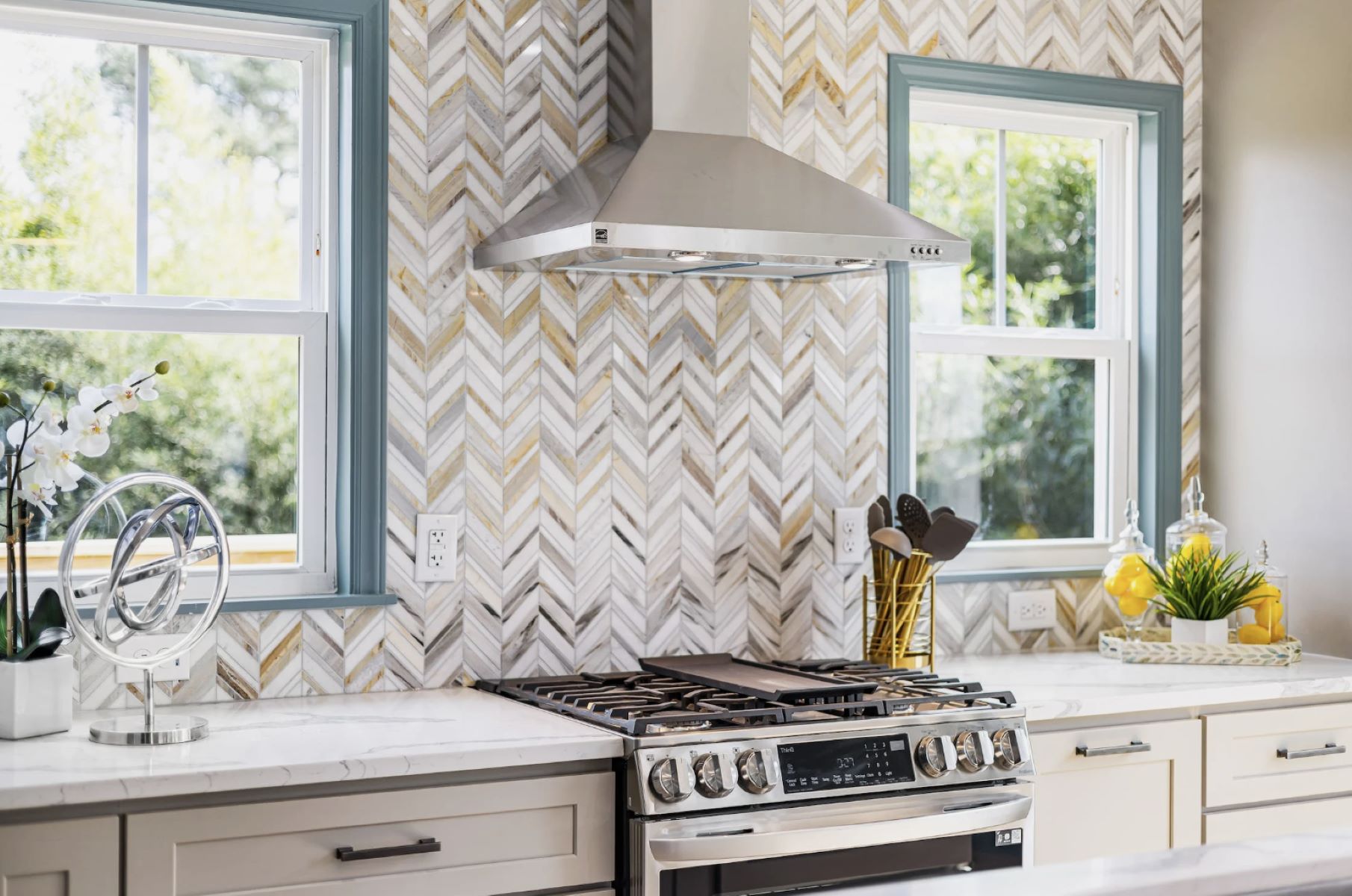
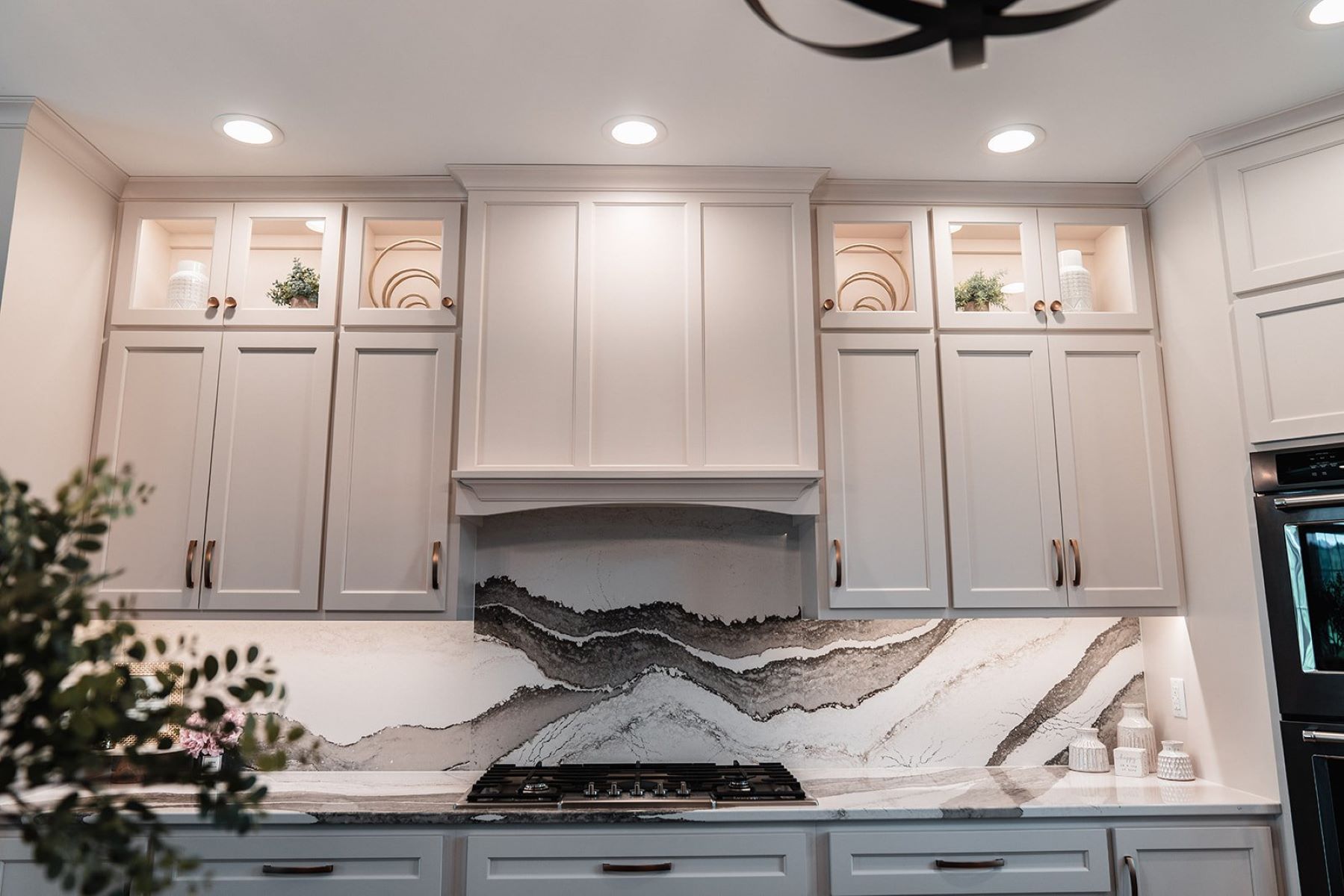
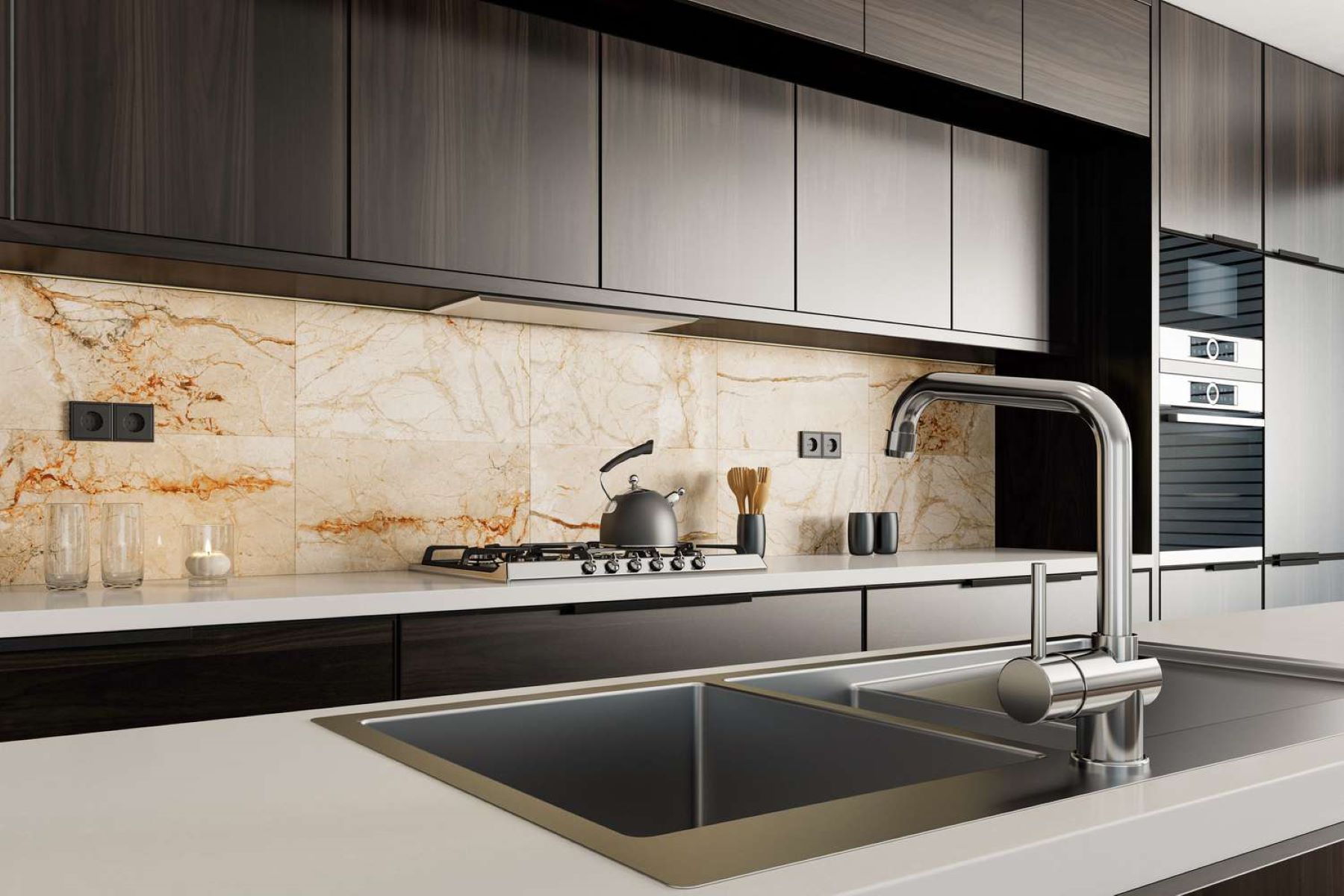
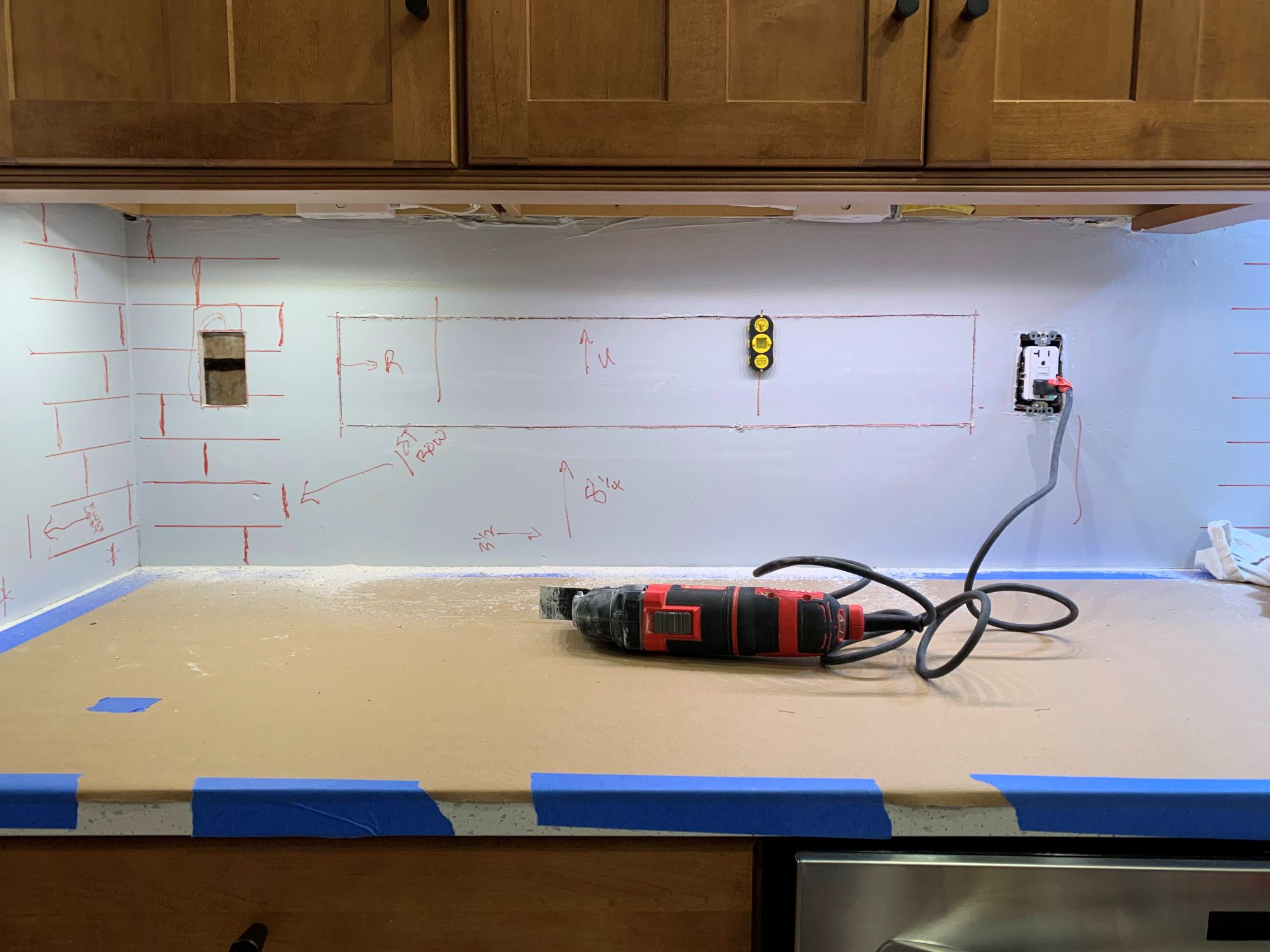

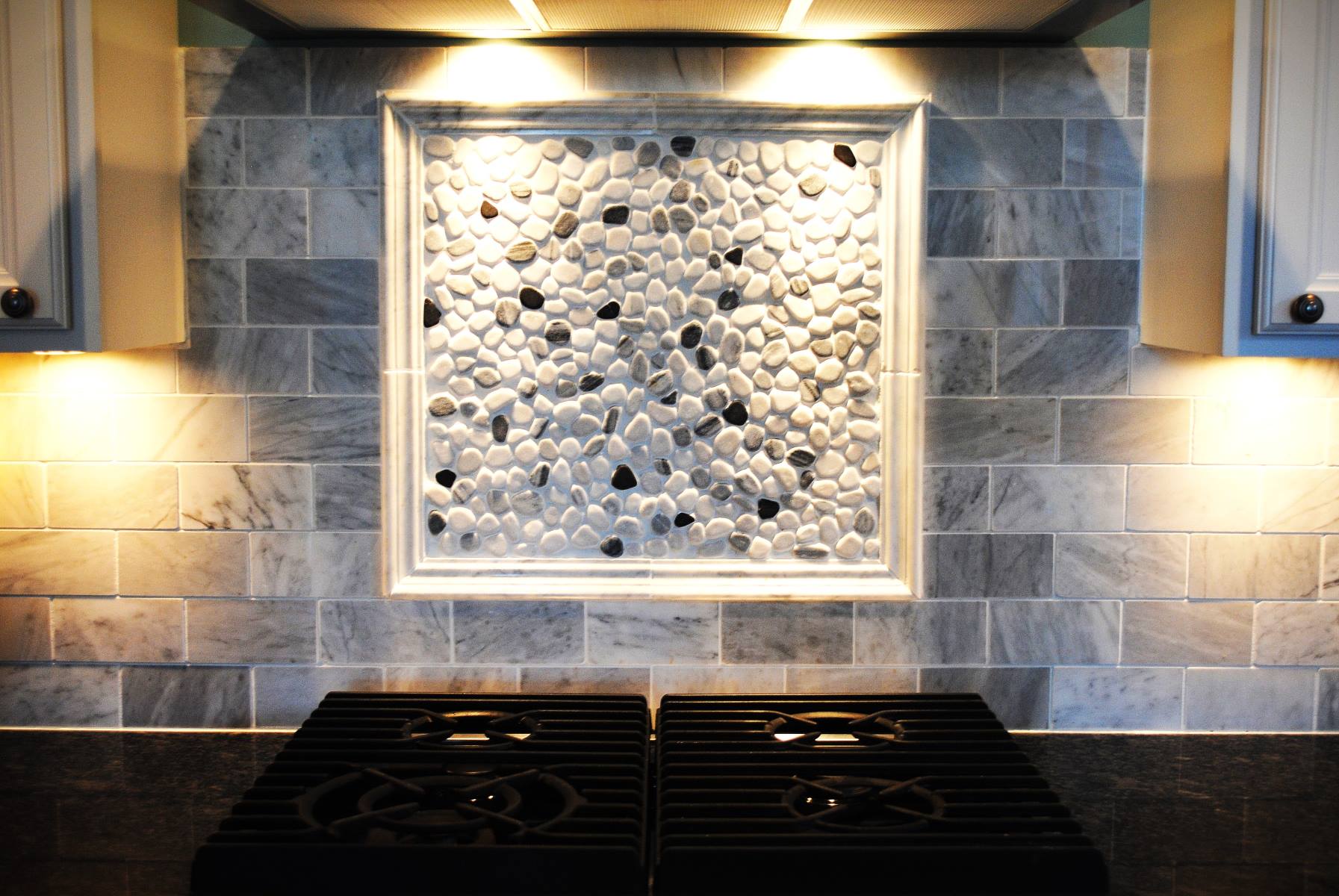
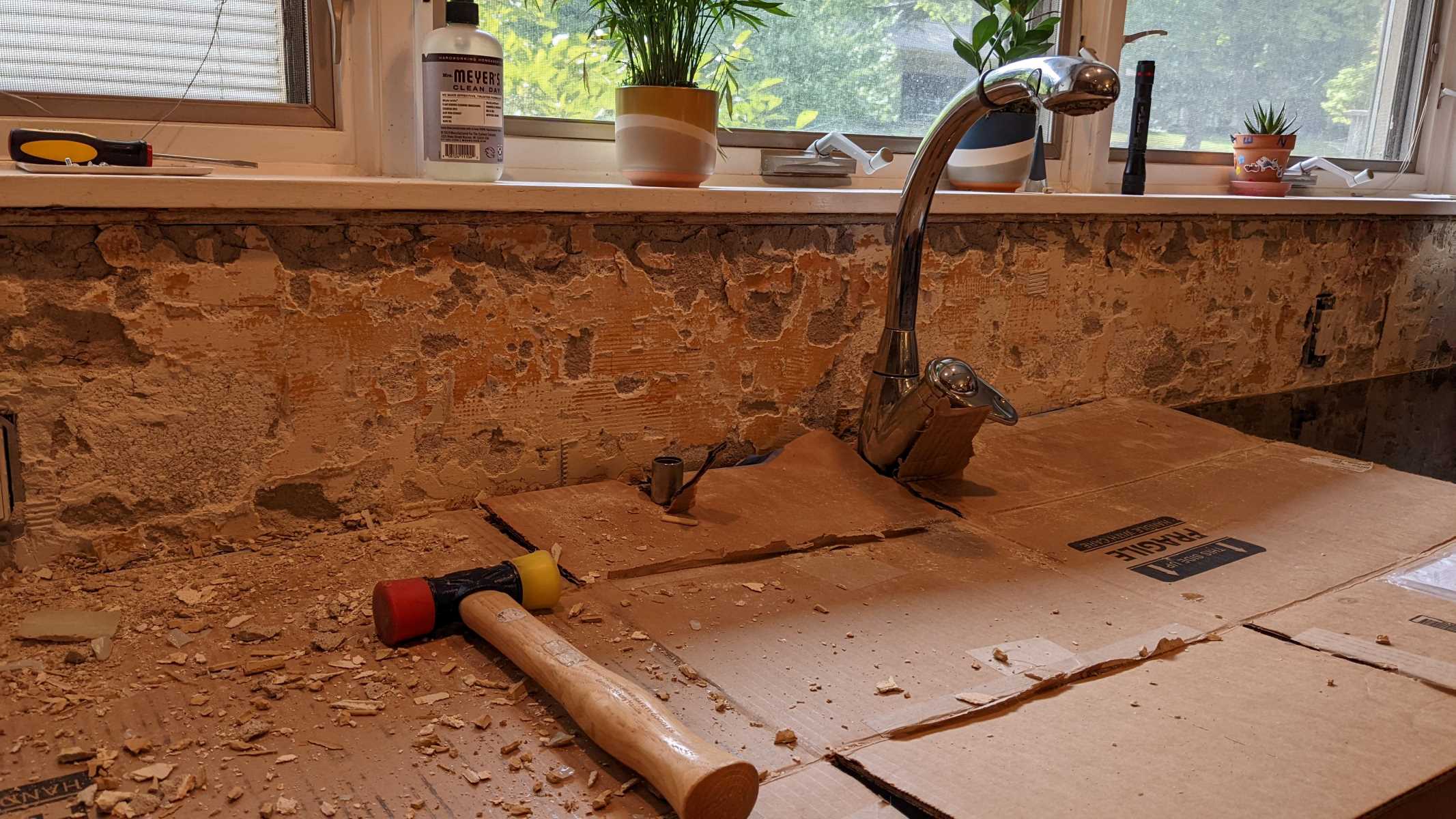
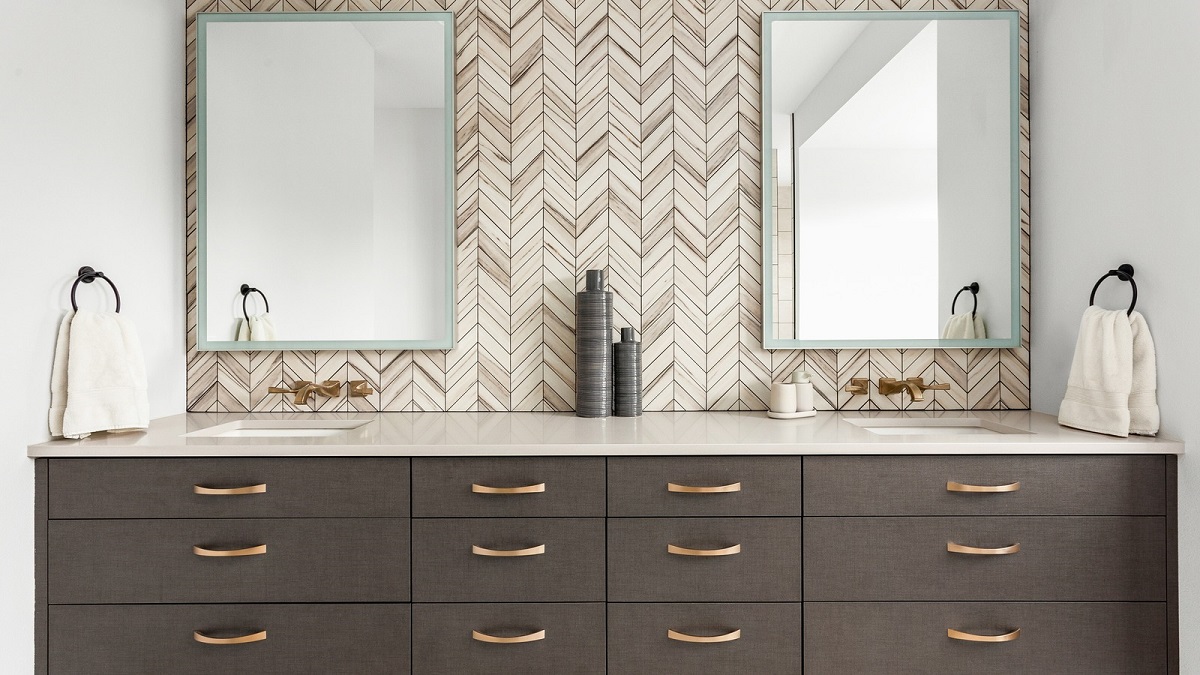
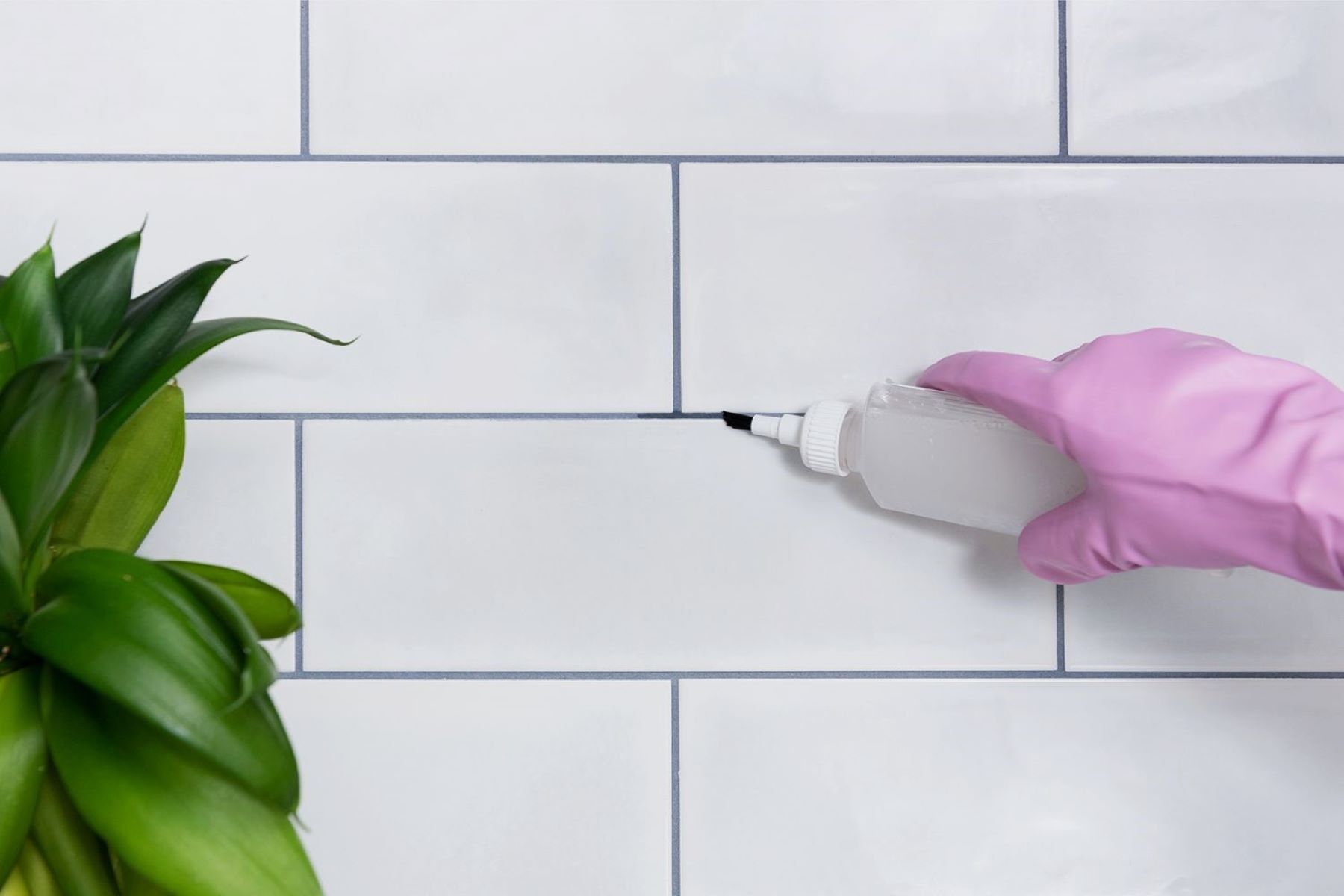

0 thoughts on “How To Lighten Travertine Backsplash”